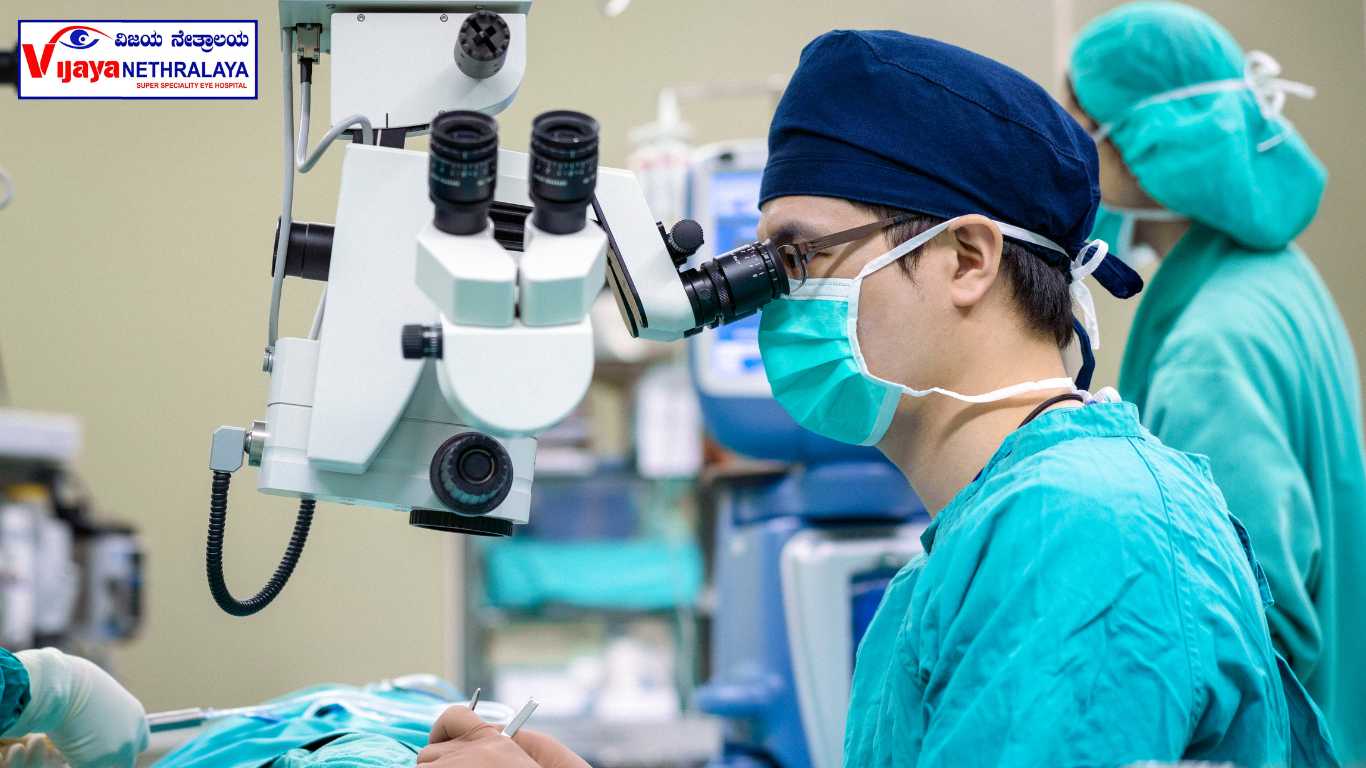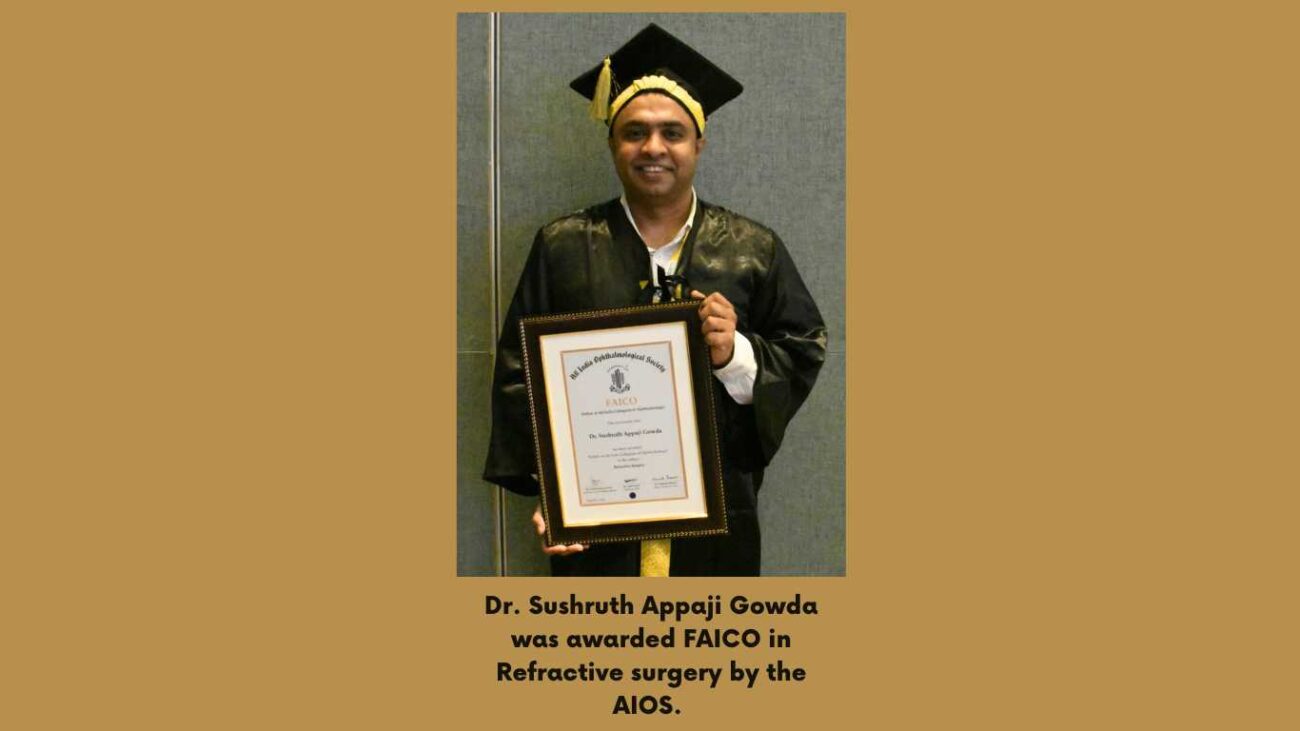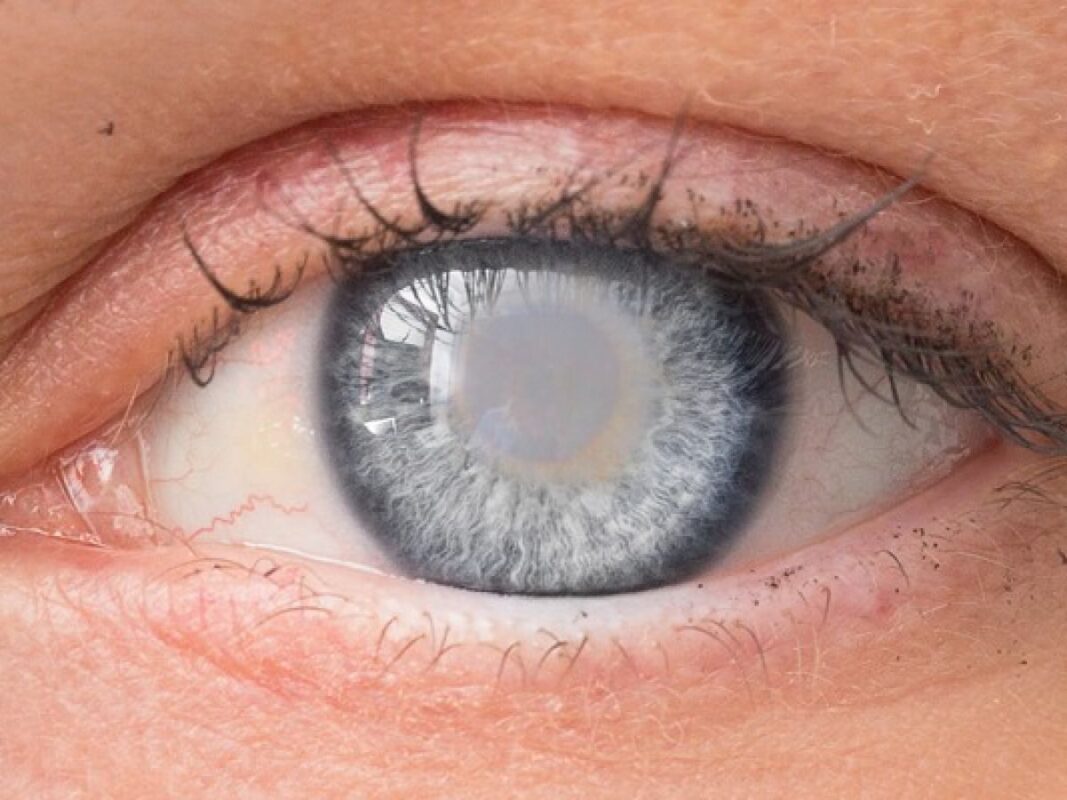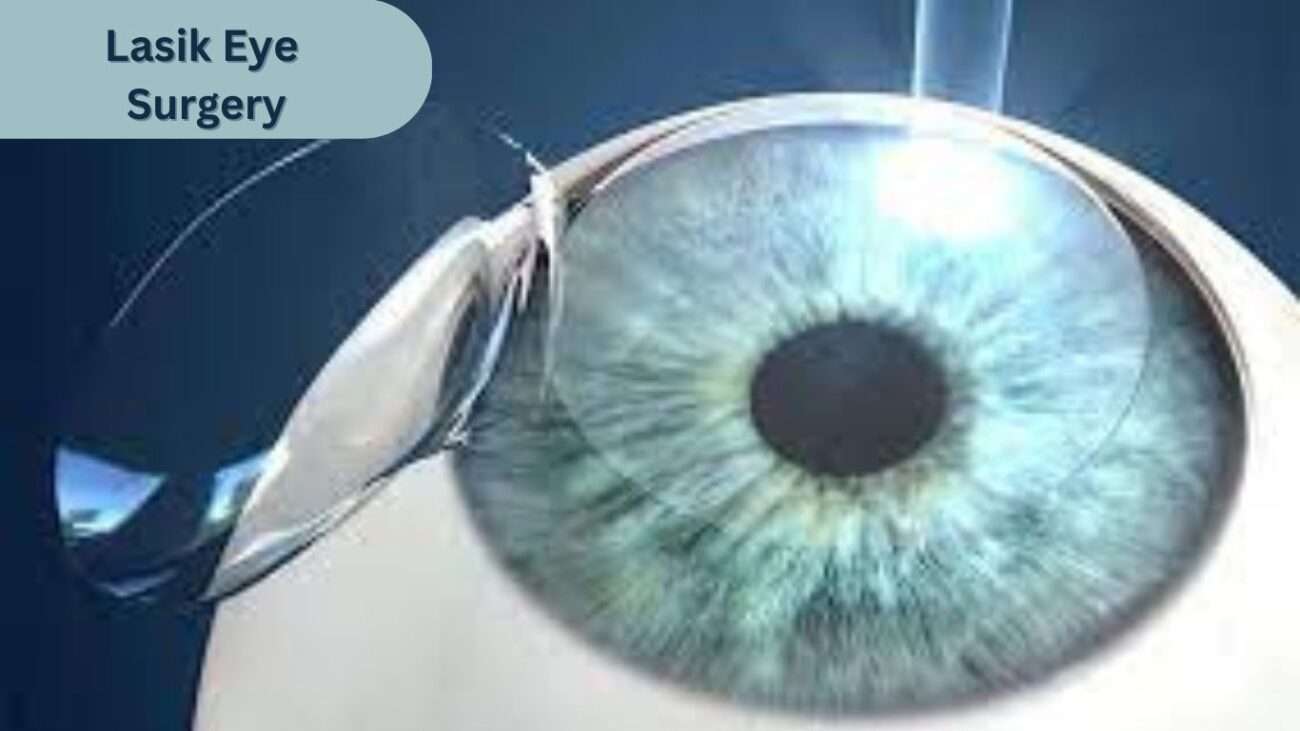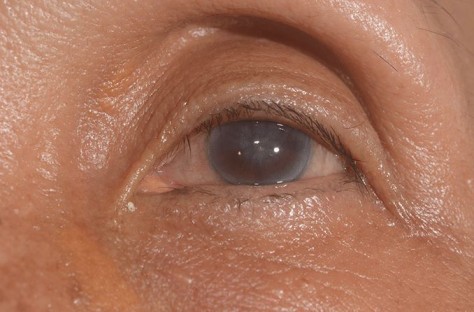Introduction:
When it comes to improving vision and addressing various eye conditions, there are numerous surgical options available. Understanding the different eye surgery types can help you make informed decisions about your eye health. In this comprehensive guide, we will explore a range of eye surgeries, including LASIK, cataract surgery, glaucoma treatments, and more. Whether you’re considering a refractive procedure or seeking treatment for a specific eye condition, this article will provide valuable insights into the world of eye surgery typs.
Eye Surgery Types:
LASIK Surgery:
LASIK, short for Laser-Assisted In Situ Keratomileusis, is a popular refractive surgery that aims to correct vision problems such as nearsightedness, farsightedness, and astigmatism.During this surgery, eye surgeons use a precise laser to reshape the cornea, enabling proper focusing of light on the retina, which leads to clearer vision. It has gained popularity among individuals seeking freedom from glasses or contact lenses due to its quick recovery time and high success rates. Many people prefer LASIK as it offers them the opportunity to achieve clearer vision without relying on corrective eyewear.
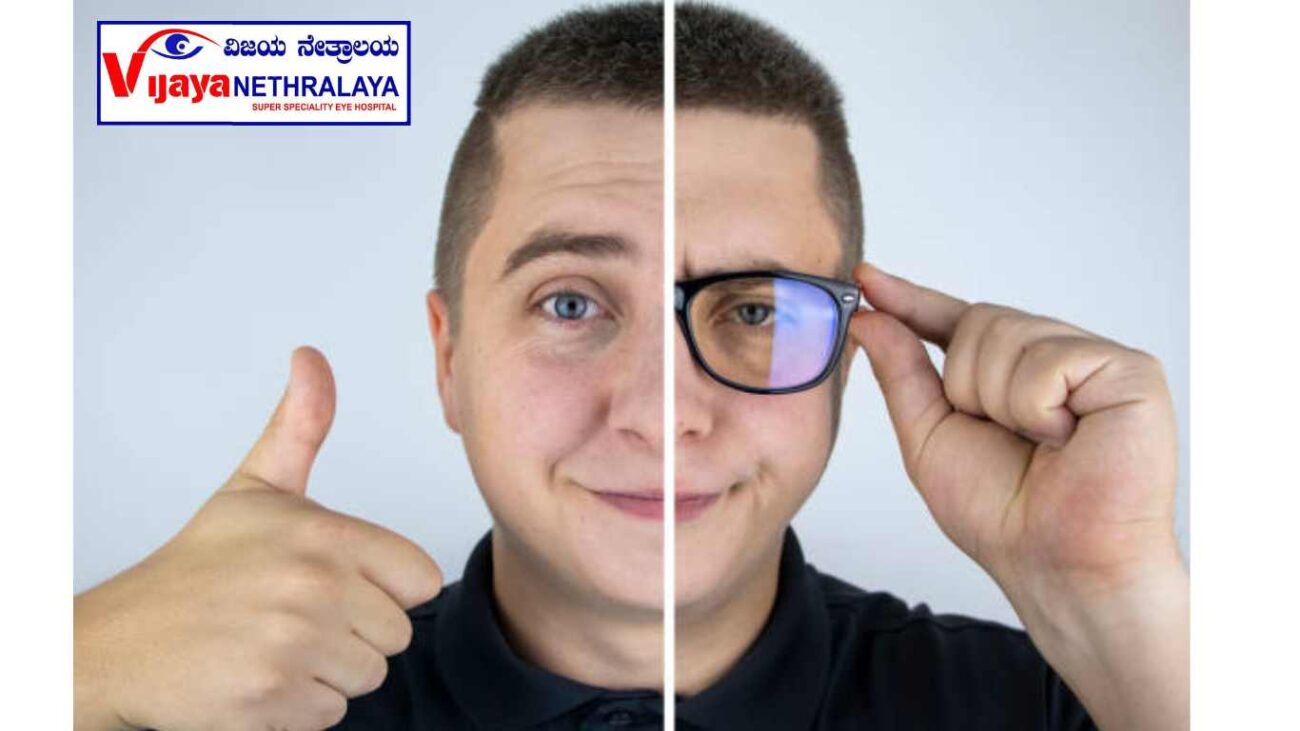
Cataract Surgery:
Cataract surgery is a procedure performed to treat cataracts, which are the clouding of the natural lens in the eye. Cataracts typically develop as a result of aging or other factors such as trauma or certain medical conditions. During the surgery, a technique called phacoemulsification is used to remove the cloudy lens and replace it with an intraocular lens (IOL).
There are different types of IOLs available, including monofocal, multifocal, and toric lenses, which can address various vision needs such as nearsightedness, farsightedness, and astigmatism. The recovery process after cataract surgery is generally quick and relatively painless, with improved vision noticeable in the days and weeks following the procedure. The expected outcome of cataract surgery is a significant improvement in visual clarity and quality of life for the patient.

Glaucoma Surgery:
Glaucoma surgery is a treatment option for individuals with glaucoma, a progressive eye disease that can lead to vision loss if left untreated. Understanding the impact of glaucoma on vision is crucial in evaluating the need for surgery. Various surgical options are available for managing glaucoma, including trabeculectomy and tube shunt surgery. Trabeculectomy involves creating a small drainage channel to reduce intraocular pressure, while tube shunt surgery involves implanting a small tube to facilitate fluid drainage. After glaucoma surgery, post-operative care and regular follow-up appointments are vital to monitor progress, manage any complications, and ensure optimal outcomes.
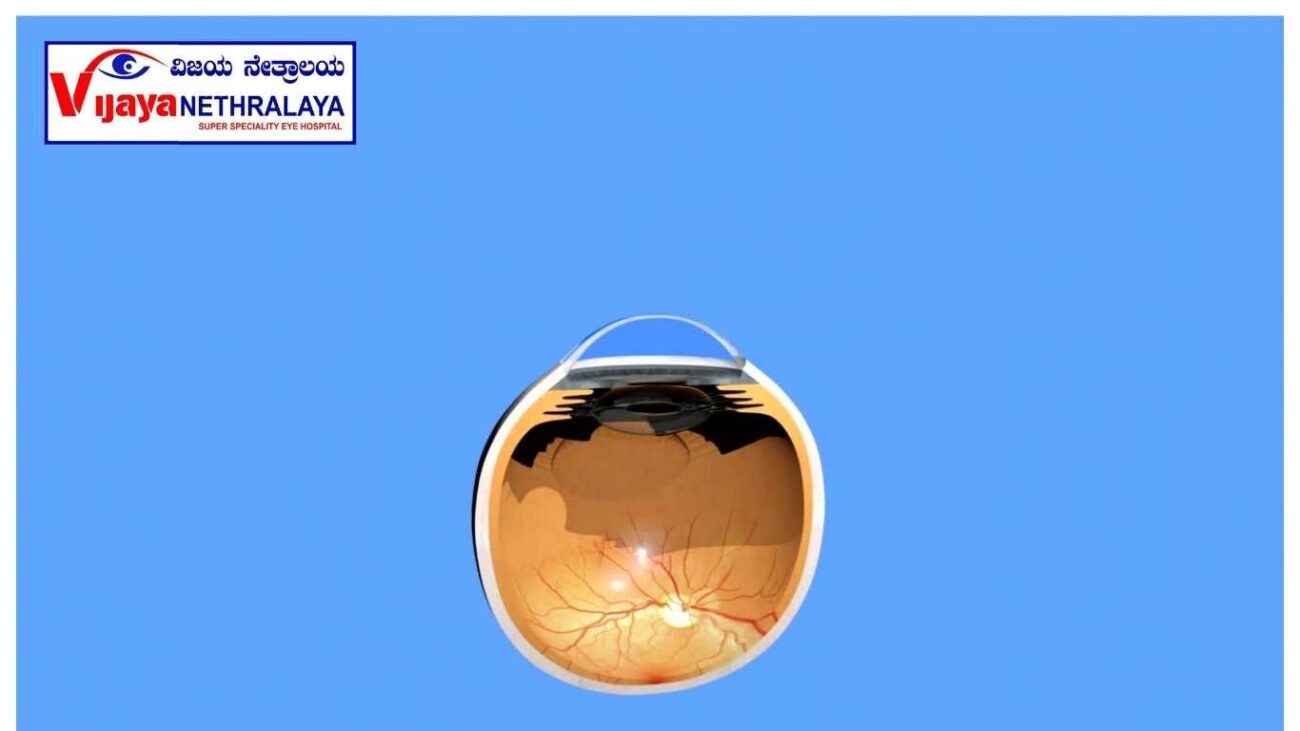
Corneal Transplant:
Eye surgeons perform corneal transplant surgery, also known as corneal grafting, to treat conditions such as corneal scarring, keratoconus, or corneal degeneration. Indications include significant visual impairment or discomfort. Different types of transplants, full-thickness and partial-thickness, are used based on the extent of corneal damage. Post-transplant care is vital for success, involving eye drops, follow-up visits, and adherence to instructions. Potential complications include graft rejection, infection, or astigmatism.
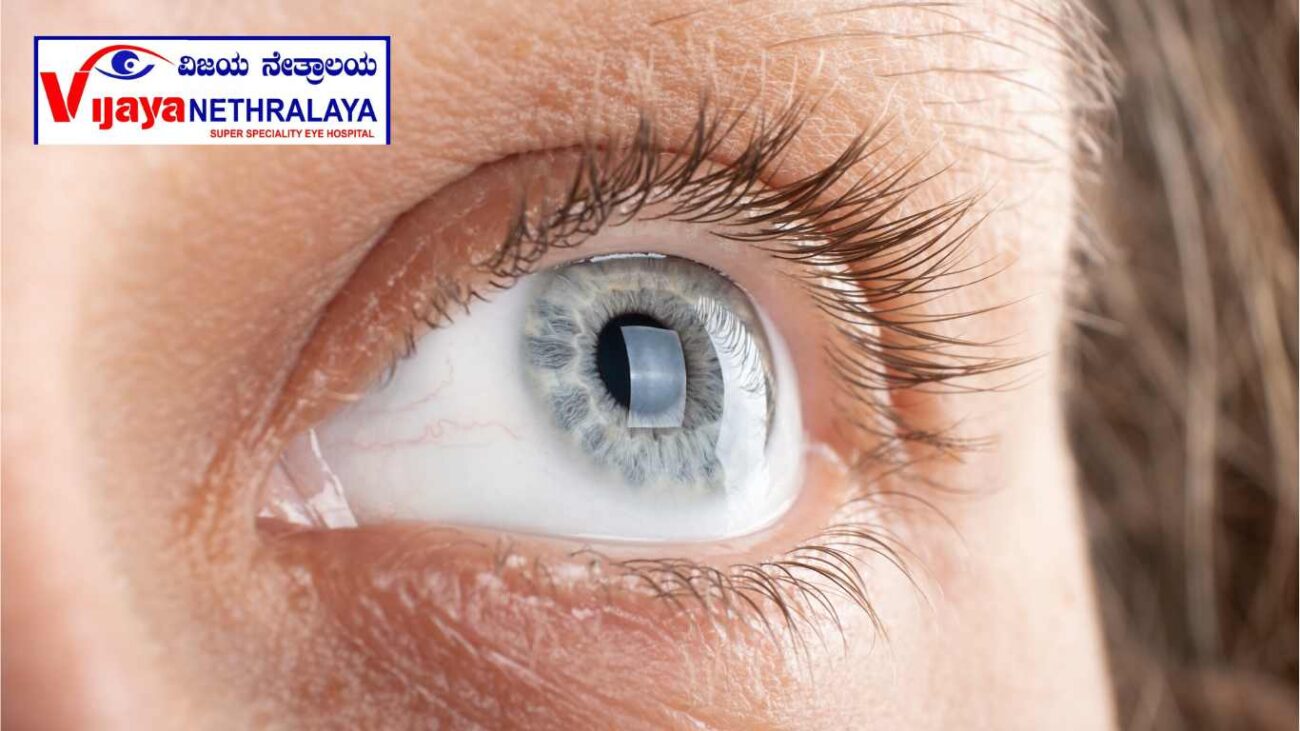
Refractive Surgery:
Refractive surgery encompasses a range of procedures designed to correct common vision problems like nearsightedness, farsightedness, and astigmatism. This includes popular surgeries like LASIK, PRK, and LASEK. These procedures utilize advanced techniques such as custom LASIK and wavefront technology to provide tailored vision correction. When considering refractive surgery, it is important to take into account individual needs and factors like corneal thickness, prescription stability, and lifestyle. While refractive surgery offers improved vision, it is crucial to understand the expected visual outcomes and potential risks associated with each procedure.

Retinal Detachment Surgery:
c detachment surgery is performed to treat a serious eye condition where the retina becomes separated from its normal position. It is important to understand the causes and symptoms of retinal detachment, which can include sudden flashes of light, floaters, or a curtain-like shadow across the visual field. Surgical techniques used to repair retinal detachment include scleral buckle and vitrectomy. Scleral buckle involves placing a silicone band around the eye to support the detached retina, while vitrectomy involves removing the gel-like substance within the eye and replacing it with a gas or oil bubble to reposition the retina. The recovery process after retinal detachment surgery varies but may include restrictions on physical activity, the use of eye drops, and regular follow-up appointments. Visual prognosis after surgery depends on several factors, including the extent of retinal detachment and the presence of any complications.\
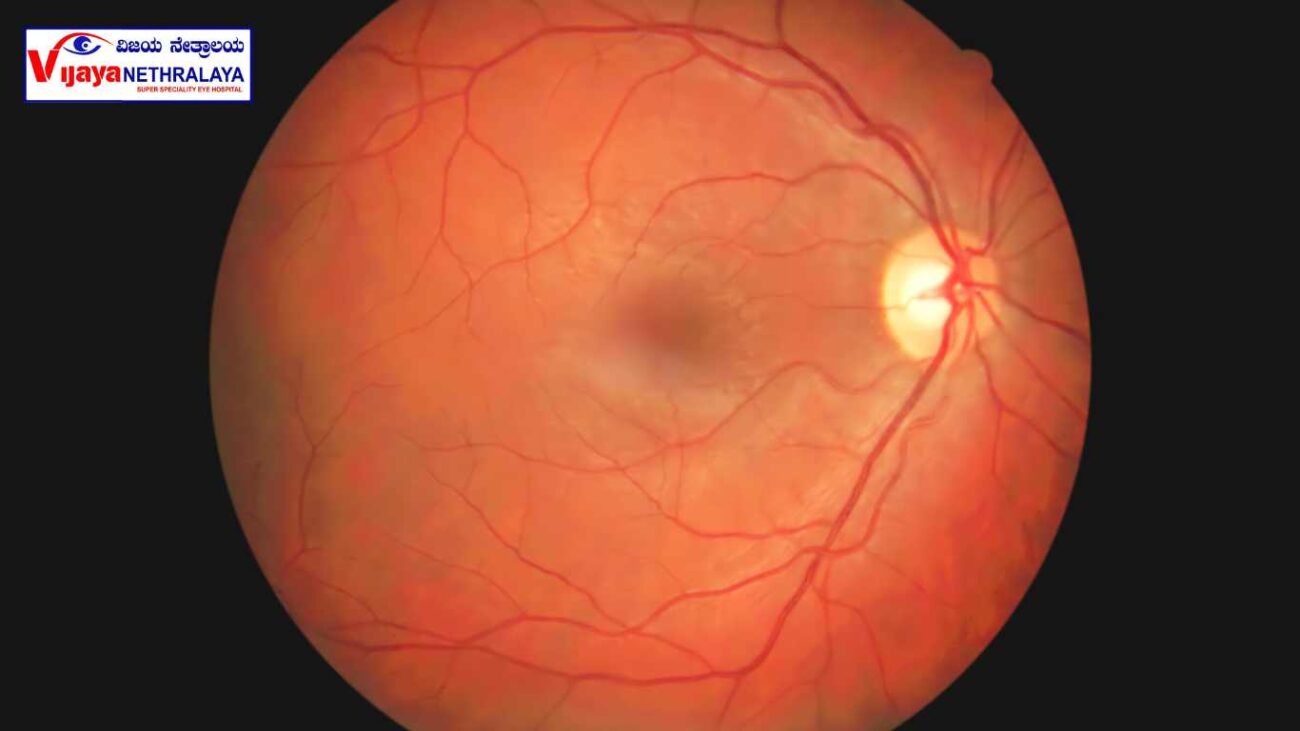
Ready to experience clear vision without the need for glasses or contact lenses by our expert doctor ?
Dr. Sushruth Appaji Gowda, a highly accomplished ophthalmologist, holds impressive qualifications in the field of refractive surgery. With an MBBS degree and an MS in Ophthalmology, he has acquired a strong foundation in medical knowledge and surgical skills. Additionally, he has earned the prestigious FAICO (Fellow of All India Collegium of Ophthalmology) in Refractive Surgery, a distinction that highlights his expertise and dedication to his craft. Experience the expertise of Dr. Sushruth Appaji Gowda and unlock a world of clear vision. and take the first step towards a brighter future for your eyes.
Other Eye Surgeries:
Other eye surgeries encompass a variety of procedures aimed at addressing specific eye conditions and concerns.
xperienced eye surgeons perform strabismus surgery to correct misalignment of the eyes, thereby improving binocular vision and alignment. Eye surgeons perform blepharoplasty, also known as eyelid surgery, to address drooping eyelids or excessive skin around the eyes. This procedure can be performed for both cosmetic and functional reasons.Blepharoplasty enhances the appearance of the eyes and potentially improves peripheral vision. Removing an abnormal growth called a pterygium on the surface of the eye is the objective of pterygium surgery. This growth can cause discomfort and affect vision. These surgeries are tailored to individual needs, ensuring optimal results.
Strabismus surgery for correcting misalignment :
Eye surgeons specialize in performing strabismus surgery to correct misalignment of the eyes, a condition commonly referred to as “crossed eyes” or “lazy eye.” During this procedure, they make adjustments to the eye muscles to restore proper alignment and coordination between the eyes. The primary objective of strabismus surgery is to improve binocular vision, depth perception, and overall eye alignment. Surgeons customize the procedure according to the specific needs of each individual, which may involve strengthening or weakening certain eye muscles. Eye surgeons often combine strabismus surgery with other treatments such as vision therapy or the use of corrective lenses to achieve the best outcomes.
Blepharoplasty (eyelid surgery) for cosmetic and functional reasons:
Blepharoplasty, commonly known as eyelid surgery, is a surgical procedure performed for both cosmetic and functional reasons.Blepharoplasty involves removing excess skin, fat, and muscle from the eyelids to improve their appearance and address functional issues. It can rejuvenate the eyes cosmetically, making them look more youthful and refreshed.It can effectively reduce puffiness, wrinkles, and sagging skin around the eyelids, giving a more alert and rested appearance.
Pterygium surgery to remove abnormal growth on the eye surface:
Eye surgeons perform pterygium surgery to remove an abnormal growth called a pterygium on the surface of the eye. A pterygium is a non-cancerous growth that typically develops on the conjunctiva, the clear tissue covering the white part of the eye. During the surgery, surgeons carefully excise the pterygium from the affected area. The primary objective of the procedure is to eliminate the growth and prevent its recurrence.
Consult Now Call Us Connect With Us
Conclusion:
By familiarizing yourself with the various types of eye surgeries, you can make informed decisions about your eye health and vision correction needs. Whether you’re considering LASIK for refractive purposes or seeking treatment for cataracts, glaucoma, or other eye conditions, understanding these procedures is essential.

